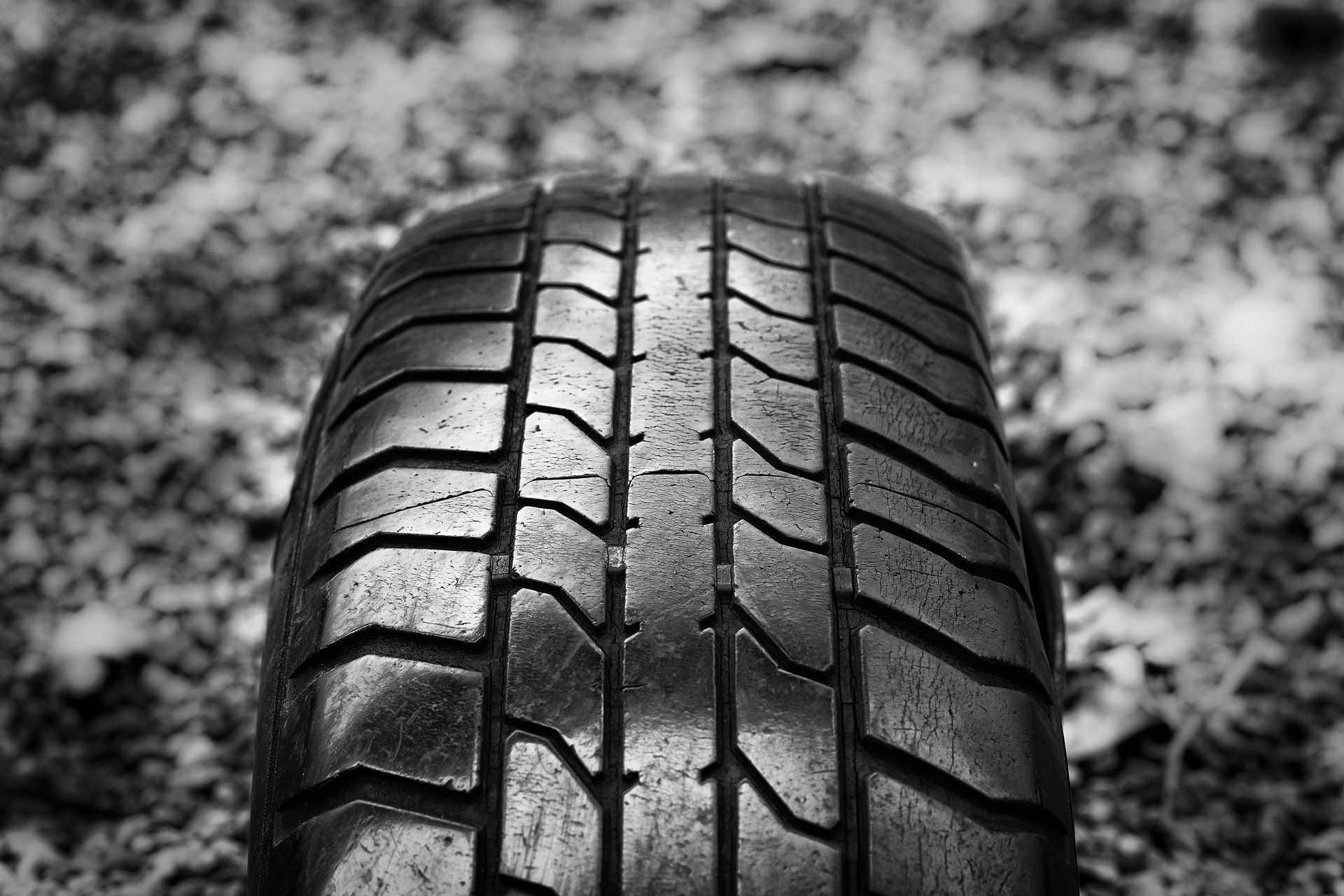Reinventing the Wheel: The Rise of Airless Tire Technology
Imagine cruising down the highway, never worrying about a flat tire again. Picture off-road adventures without the fear of punctures or blowouts. This isn't a distant dream, but a rapidly approaching reality thanks to the revolutionary development of airless tire technology. As the automotive world evolves, this groundbreaking innovation promises to reshape our driving experience, offering enhanced safety, durability, and performance.
Enter the Airless Alternative
Airless tire technology, also known as non-pneumatic tires (NPTs), represents a paradigm shift in wheel design. Instead of relying on compressed air to support the vehicle’s weight, these tires utilize a complex internal structure of flexible spokes or a honeycomb-like lattice. This design distributes the load across the entire tire, eliminating the risk of punctures and maintaining consistent performance regardless of external conditions.
Engineering Marvel: The Anatomy of Airless Tires
At the heart of airless tire technology lies an intricate web of engineering ingenuity. The typical structure consists of three main components: a rigid inner hub, a flexible but durable spoke system, and an outer tread band. The hub connects directly to the vehicle’s wheel, while the spoke system radiates outward, supporting the tread. This design allows the tire to flex and absorb shock while maintaining its shape and load-bearing capacity.
The spoke system is where the magic happens. Manufacturers experiment with various materials and geometries to achieve the perfect balance of strength, flexibility, and weight. Some designs utilize thermoplastic resin spokes, while others employ a complex array of interconnected polyurethane strips. The goal is to mimic the shock-absorbing properties of air while eliminating its vulnerabilities.
Performance Under Pressure
One of the most significant advantages of airless tires is their consistent performance across various conditions. Traditional pneumatic tires can lose pressure over time or due to temperature changes, affecting handling and fuel efficiency. Airless tires maintain their shape and load-bearing capacity regardless of external factors, ensuring optimal contact with the road surface at all times.
This consistency translates to improved safety and handling. The risk of sudden blowouts or loss of control due to underinflation is essentially eliminated. For commercial fleets and heavy-duty vehicles, this means reduced downtime and maintenance costs, as well as enhanced operational reliability.
Sustainability: Treading Lightly on the Environment
As the automotive industry grapples with its environmental impact, airless tires offer a promising solution. The extended lifespan of these tires means fewer replacements and less rubber waste. Additionally, many airless tire designs allow for easy retreading of the outer band, further extending their useful life.
The materials used in airless tires are often more recyclable than traditional rubber compounds. Some manufacturers are even exploring the use of bio-based materials in their construction, further reducing the environmental footprint of tire production and disposal.
Challenges on the Road to Adoption
Despite their numerous advantages, airless tires face several hurdles before widespread adoption. One of the primary challenges is weight. Current airless tire designs are often heavier than their pneumatic counterparts, which can impact vehicle performance and fuel efficiency. Engineers are working tirelessly to develop lighter materials and more efficient structures to address this issue.
Another concern is the ride quality. The unique structure of airless tires can sometimes result in increased vibration and noise, especially at higher speeds. Fine-tuning the spoke design and tread patterns to minimize these effects is an ongoing area of research and development.
The Future Rolls On
As technology advances and materials science evolves, the potential for airless tires continues to grow. Major tire manufacturers and automotive companies are investing heavily in this technology, recognizing its transformative potential. We’re likely to see the first widespread applications in specialized vehicles like construction equipment, military vehicles, and off-road recreational vehicles, where the benefits of puncture-proof operation are most immediately apparent.
For everyday passenger vehicles, the transition may be more gradual. However, as production scales up and costs come down, airless tires could become a common sight on our roads within the next decade. This shift would mark one of the most significant changes in automotive technology since the invention of the pneumatic tire itself.
The journey from concept to widespread adoption is never smooth, but the potential benefits of airless tire technology are too significant to ignore. As we look to the future of transportation, these innovative wheels promise to roll us into a new era of safety, reliability, and sustainability. The revolution in tire technology is not just reinventing the wheel – it’s redefining the very ground we drive on.






